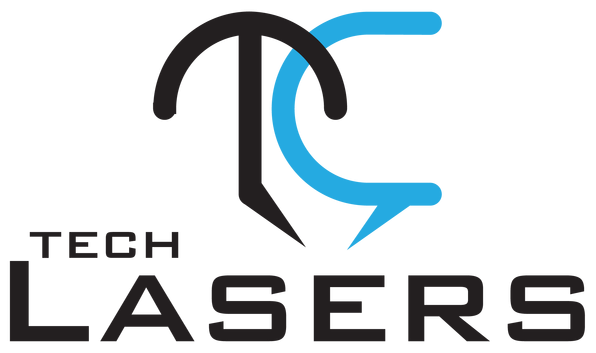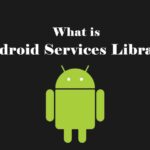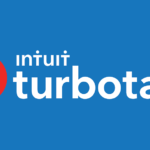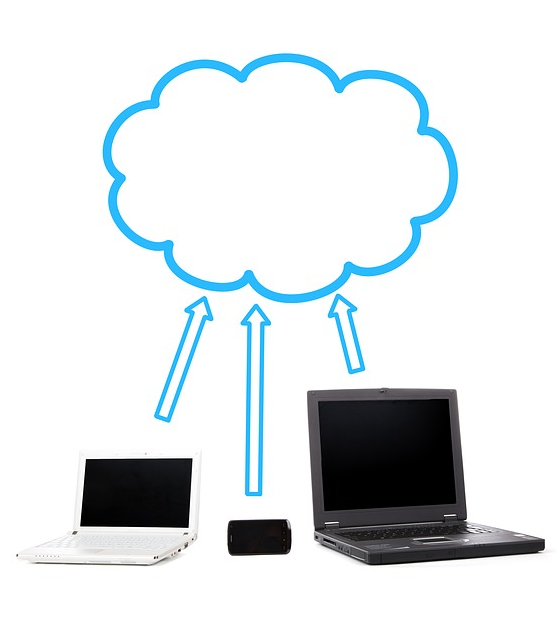Telecommunications companies have undergone a rapid shift in the past decade, transforming from providing landline services to mobile data services. Now, an increasing number are making the additional shift to the telco cloud, providing cloud computing services to their customers and operators. But there are a number of different services that are included under the umbrella of “cloud computing,” which can mean lots of different things. Here are three of the main types and how they work.
Infrastructure as a Service
The first level of cloud computing is providing IaaS or Infrastructure as a Service, which gives customers access to data storage, cloud networking, and virtual computer space. This can be configured in a number of different ways, providing a high level of flexibility to IT departments.
Software as a Service
Another option is software as a service, which compared to the IaaS offers less flexibility, but the benefit is that it’s a completed product that can be entirely managed by the telco cloud service provider. This is a better fit for someone without an extensive IT department, because there’s no need to think about how to manage the infrastructure. Cloud-based storage and web-based email are examples of this type of end-user application, where all you have to do is use the software without any need to maintain servers or set up the application yourself.
Platform as a Service
Finally, telco cloud providers like Nokia Networks and others may offer a platform as the cloud computing service. With this type of system, the business doesn’t need to manage the infrastructure, similar to the software as a service. Yet it gives you a bit more control over the product, because you can still manage the applications to best fit your organization’s needs, without necessarily needing to worry about maintenance and capacity load.
Deploying Telco Cloud Services
The three types of cloud computing services mentioned above offer varying levels of flexibility and convenience. There are further differences in services when it comes to the actual deployment method used. Cloud-based applications are one option, with the entirety of the app having been created in the cloud or changed over from an already existing infrastructure. There are also hybrid applications, which connect existing infrastructure with new cloud-based systems. A third option for those interested in cloud computing is to deploy these systems on their own premises, creating what is essentially a smaller-scale, private cloud. It’s not so different from a traditional IT infrastructure, but may extend its capacity a bit further.
Cloud computing can be beneficial for individual users and businesses alike, but it’s important to look at the differences in scale and application when choosing the right type. The telco cloud will most likely include standardized public cloud services in the future, including basic cloud storage and IT hosting, and SaaS, for Internet customers as well as individuals and small businesses. As an increasing number of telecom companies switch over to the telco cloud, these public cloud services will become standard practice as part of any internet or data package. However, this is a fairly complex process so we may have a bit of a wait in the meantime.

 The Digital Age’s Key to Optimizing Your Entertainment Experience
The Digital Age’s Key to Optimizing Your Entertainment Experience  What Every Android User Should Know About com.wssyncmldm and Updates
What Every Android User Should Know About com.wssyncmldm and Updates  Android Services Library Keeps Stopping? Fix It Now!
Android Services Library Keeps Stopping? Fix It Now!  What is LPPe Service Android and How Does It Work? A Detailed Analysis
What is LPPe Service Android and How Does It Work? A Detailed Analysis  How to Address the Unified Daemon Stopped Error on Samsung Devices
How to Address the Unified Daemon Stopped Error on Samsung Devices  Companion Device Manager: Pivotal Tool in Modern Tech
Companion Device Manager: Pivotal Tool in Modern Tech  TurboTax vs Keeper Tax: The Tech Frontier of Tax Solutions
TurboTax vs Keeper Tax: The Tech Frontier of Tax Solutions  PowerSave Reviews: A Game-Changer in Energy Efficiency?
PowerSave Reviews: A Game-Changer in Energy Efficiency?  How to Check Points at Walmart: Unleash the Power of Savvy Shopping with Samsung
How to Check Points at Walmart: Unleash the Power of Savvy Shopping with Samsung 